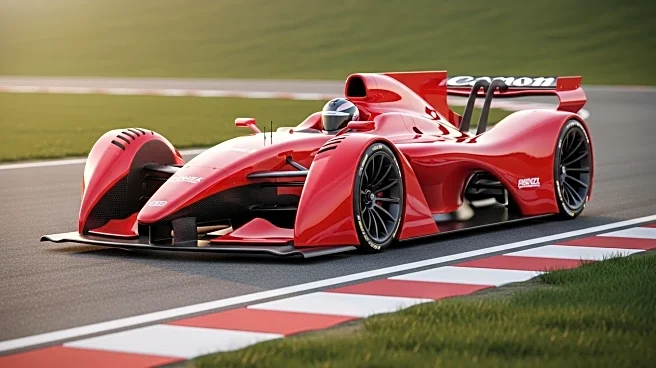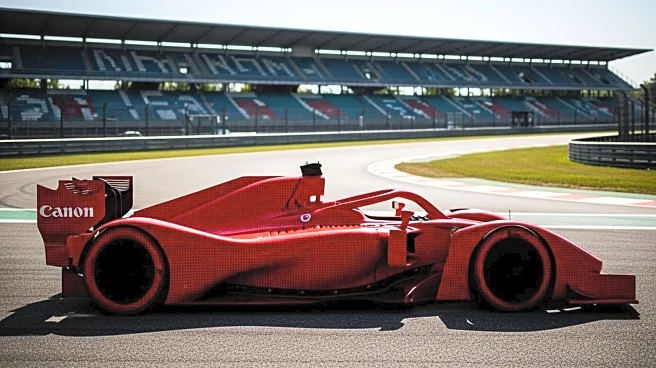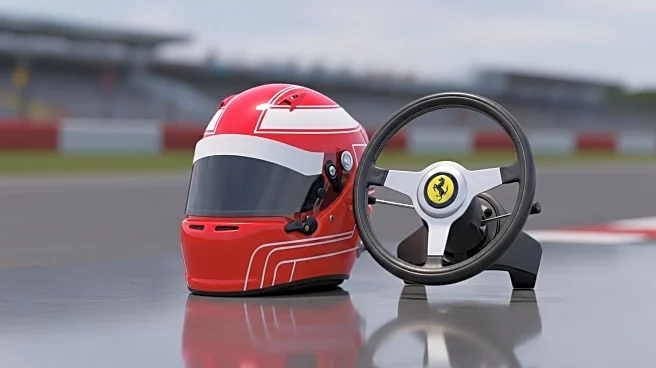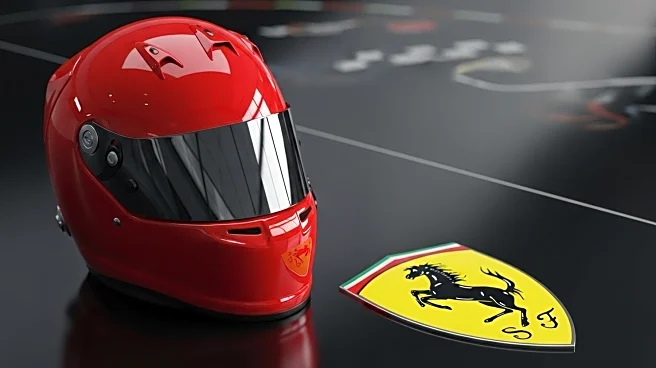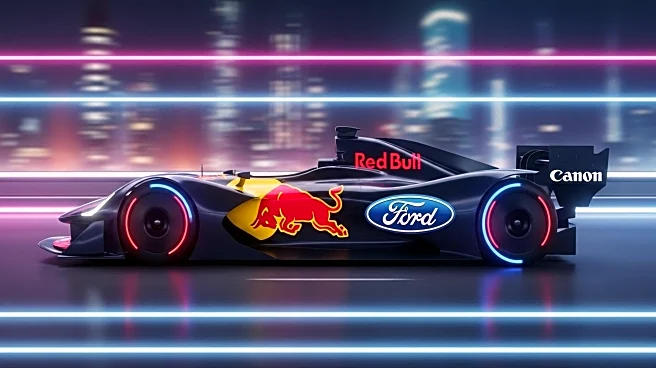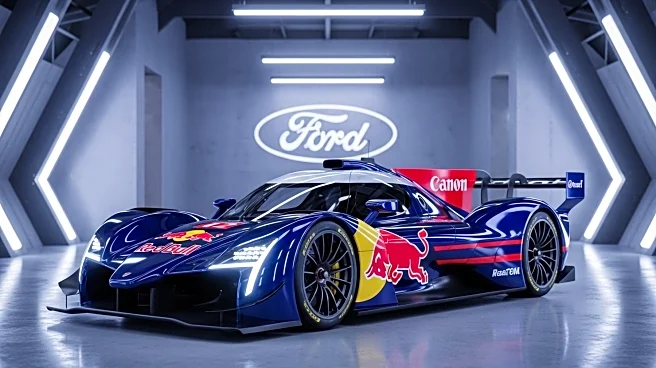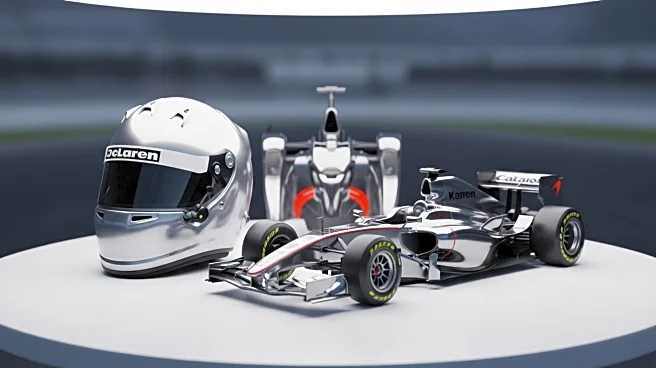What's Happening?
Ferrari's performance at the Monza Grand Prix highlighted significant limitations in their 2025 F1 car, the SF-25. Despite high expectations, Ferrari struggled to compete against dominant teams like McLaren and Red Bull. The SF-25's aerodynamic inefficiencies were particularly evident on Monza's high-speed track, where Ferrari's cars lacked the necessary pace to challenge for top positions. The race exposed the car's shortcomings, especially in cornering speed, where it lagged behind competitors. Although the SF-25 managed to reduce tire strain by carrying less speed into corners, this advantage was insufficient to overcome the overall performance gap. Ferrari's strategic focus on an unloaded setup aimed to maximize straight-line speed, but it ultimately fell short against the more balanced aerodynamic packages of rivals.
Why It's Important?
The performance issues faced by Ferrari at Monza underscore the challenges the team faces in the highly competitive F1 landscape. Aerodynamic efficiency is crucial in Formula 1, and Ferrari's inability to match the cornering speed of competitors like McLaren and Red Bull highlights a critical area for improvement. This situation affects Ferrari's standing in the championship and its ability to secure podium finishes. The team's struggle to adapt its car setup to different tracks could have long-term implications for its competitiveness. As Ferrari is a major player in the F1 industry, its performance impacts not only its brand reputation but also its commercial partnerships and fan engagement.
What's Next?
Ferrari will need to address the aerodynamic limitations of the SF-25 to remain competitive in future races. This may involve revisiting the car's design and setup strategies to enhance cornering speed without compromising straight-line performance. The team is likely to focus on developing a more balanced aerodynamic package that can perform well across various track conditions. Additionally, Ferrari's engineers and strategists will need to analyze data from Monza to identify specific areas for improvement. The upcoming races will be critical for Ferrari to test any adjustments and regain competitive momentum.
Beyond the Headlines
The challenges faced by Ferrari at Monza reflect broader trends in F1, where technological innovation and strategic adaptability are key to success. The emphasis on aerodynamic efficiency highlights the importance of engineering excellence in the sport. Ferrari's experience may prompt other teams to reassess their own car designs and strategies, leading to a potential shift in competitive dynamics. Moreover, the situation raises questions about the balance between speed and stability in F1 car design, which could influence future regulatory discussions within the sport.
